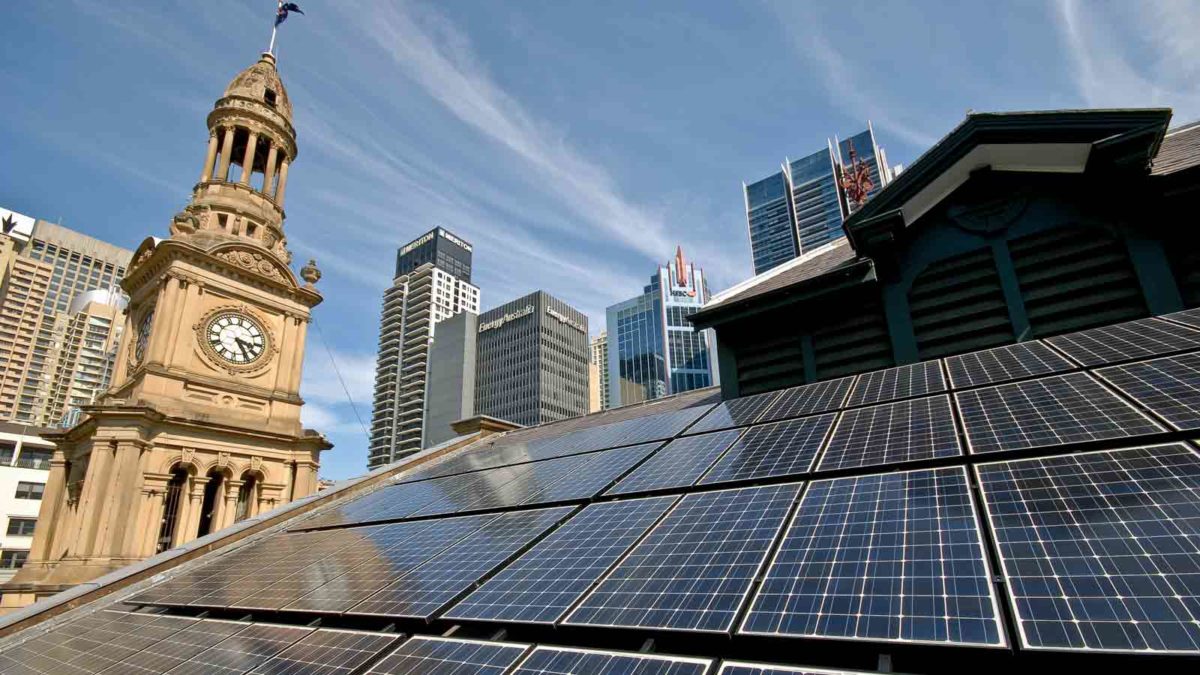The New South Wales Labor government has outlined plans for 1 million households and small businesses to have a combined solar and battery system by 2035, as the state moves to support consumer energy resources in anticipation of the closure of its last coal fired generator.
The government’s new Consumer Energy Strategy, birthed from a wide-ranging review of the electricity sector last year, will support small scale energy resources and build out the grid’s capacity to handle the significant extra needs of the likes of electric vehicles (EVs).
It also follows in South Australia’s footsteps by offering incentives to its residents to join virtual power plants (VPPs), with a target of 3.4 gigawatts (GW) of virtual power plant participation by 2035 and 10 GW by 2050.
The state also confirmed it will offer eligible households and small businesses between $1,600 and $2,400 to buy solar batteries, and will provide a $250 incentive to sign up to a VPP.
The need for orchestrated home energy systems – they can store solar energy for use at night but also trade energy with the grid – is seen as critical given the volumes of small scale generation and storage forecast for the grid, particularly with the last coal generator likely to close within a decade.
Last year, Western Australia launched what was then the biggest orchestration trial of 500 customers to test the regulator’s ability to stage manage that number of distributed energy resources to the benefit of both customers and grid.
“The NSW government’s strategy is an encouraging step in the right direction in delivering on this promise… with an emphasis on orchestration,” said Clean Energy Council chief policy officer Con Hristodoulidis.
In June, the CEC argued for an up to $6,500 subsidy for home batteries to soak up excess rooftop solar, suggesting households could save $1150 a year on their energy bills if part of an orchestrated system.
Cash for clean consumer energy
The new consumer energy vision includes some new spending but also wraps existing plans into an overarching strategy, such as the $10 million in grants for apartment buildings to install EV chargers announced in October last year.
That strategy sees $238.9 million spent on an as-yet vague home energy saver program, to be designed and rolled out by the end of 2025, that will focus on encouraging investment “in activities that reduce bills and emissions.”
There’s $30 for apartment buildings to invest in solar, $435.4 million in 2024-25 for bill rebates and energy debt relief, $175 million for social housing upgrades which will also include a VPP trial, rebates and subsidies for households and small businesses wanting to electrify appliances and other equipment.
And there is a further $5 million for community energy projects.
The government is promising to spend $200 million on public EV charging systems.
NSW premier Chris Minns says the strategy will make accessing cleaner technologies at a household level easier and cheaper while also improving electricity grid reliability.
But convincing Australians to hand over some control of their energy resources will require sensitive handling, says Nex Advisory CEO Stephanie Bashir.
“As ever, the devil of a strategy will be in the implementation,” Bashir says. “It is critical that consumer preferences are prioritised, so that the households and businesses making the investments that will service our national power grid are appropriately rewarded and protected.
“Australia leads the world in rooftop solar, and this strategy will put the homes and businesses of the country’s first state in control. The strategy will put the power in the hands of the people of New South Wales, or rather on their roofs! Collectively consumers will get this transition on track.”
Look after renters
The new strategy is heavy on targets covering many aspects of the energy transition. one yet to be set but which the government wants in place by the end of 2025 includes energy performance ratings on existing homes with voluntary, and eventually mandatory, disclosure at the point of sale or lease.
The government has included its work on a national minimum energy efficiency standard for rental housing in the strategy.
While wide-ranging, the strategy also shows how much work will need to be done to make sure clean energy benefits are felt by both homeowners and renters, says Justice and Equity Centre energy and water program director Douglas McCloskey.
“The Consumer Energy Strategy offers a vision for a fairer NSW energy system, where some of the worst cost pressures are alleviated and household health and wellbeing is improved for many people experiencing disadvantage – but there is a lot of work to do,” he says.
“The next two years will be vital for developing the detail of this strategy, to start to make real change for NSW households.”








